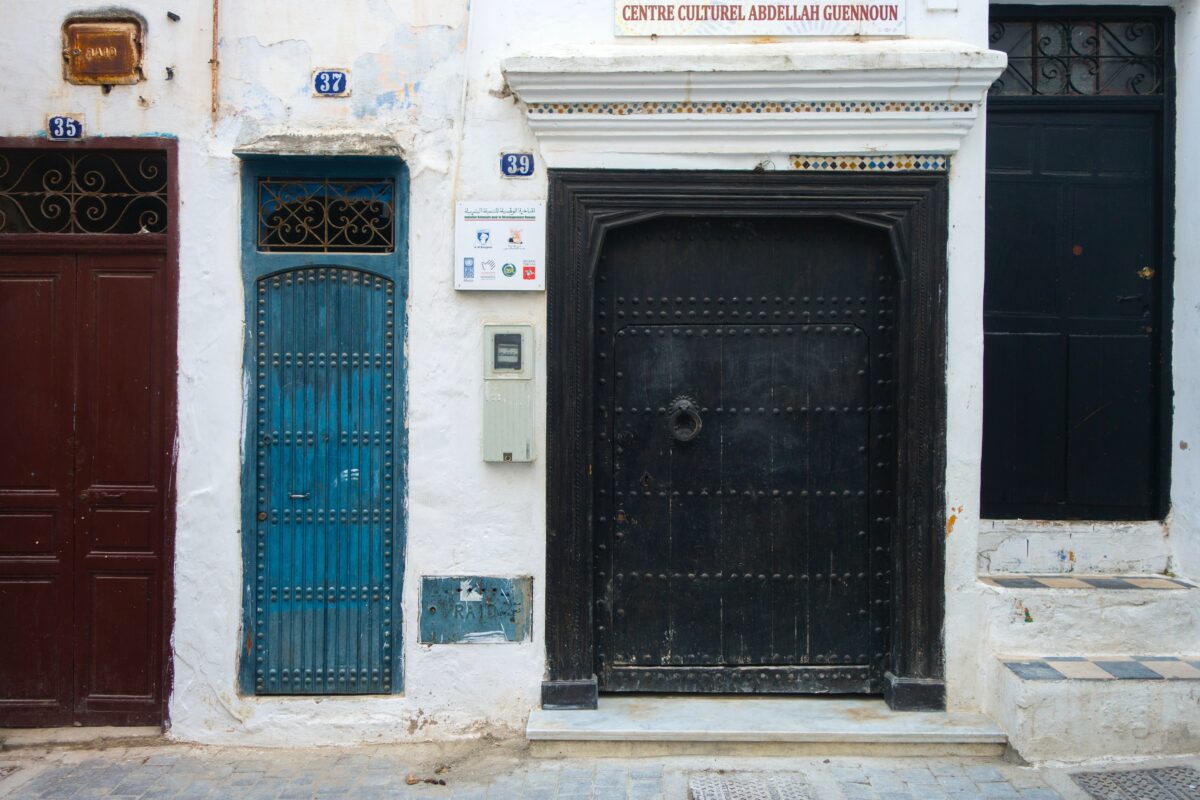Unlocking the Durability and Style of FRP Doors
Introduction to Fiber-Reinforced Polymer Technology
The world of construction and interior design has long been in pursuit of materials that offer both resilience and aesthetic appeal. Among the numerous innovations in this field, Fiber-Reinforced Polymer (FRP) technology has emerged as a frontrunner, particularly in the fabrication of durable and stylish doors. FRP doors, characterized by their robustness, versatility, and low maintenance, are increasingly becoming a favorite choice for residential and commercial spaces alike.
The Evolution and Benefits of FRP Doors
Fiber-Reinforced Polymer doors are a composite material marvel, an ingenious combination of fibrous reinforcement embedded in a polymer matrix. These fibers, typically made from glass, carbon, or aramid, are bound together by a resin, resulting in a material extraordinarily resistant to a variety of stressors. The evolution of FRP doors is a tale of technology meeting necessity, providing a solution to challenges such as warping, rotting, and corrosion that are commonly faced with traditional materials like wood and metal.
The advantages of FRP doors extend beyond their renowned strength. They boast impressive longevity, thanks to their resistance to environmental factors like moisture, chemicals, and UV radiation. This makes FRP doors a preferred choice in climates that experience extreme weather conditions or in settings like swimming pools and laboratories where they might be exposed to corrosive substances.
Aesthetic Flexibility and Design Integration
Despite their robust composition, FRP doors do not sacrifice style for substance. They offer a multitude of design options, catering to a variety of aesthetic tastes. The versatility of FRP allows for textures and finishes that mimic the appearance of more traditional materials, such as wood grain or smooth metal, seamlessly integrating into any architectural style.
Furthermore, FRP doors can be manufactured in an array of colors, eliminating the need for regular painting and significantly reducing maintenance efforts. This design flexibility ensures that FRP doors can meet the specific creative vision of any project, be it a modern commercial building or a cozy cottage.
Applications and Installation Insights
The application of FRP doors is vast and varied, making them suitable for a array of settings. From industrial facilities requiring rugged, fire-resistant doors to elegant hotel entrances needing a touch of sophistication, FRP doors fit the bill. Educational institutions, healthcare facilities, and even residential properties are recognizing the value of installing these resilient doors to safeguard against daily wear and tear.
When it comes to installation, FRP doors are surprisingly lightweight in comparison to their strength, which simplifies the handling process. They can be easily trimmed and fitted into existing frames, making them a convenient option for both new constructions and renovation projects. Their lightweight nature also translates to reduced stress on hinges and frames, potentially extending the overall lifespan of the installation.
Energy Efficiency and Environmental Considerations
In an era where energy conservation and environmental responsibility are paramount, FRP doors contribute positively to these efforts. Their excellent insulation properties help maintain indoor temperature, reducing the strain on heating and cooling systems, and consequently, energy consumption. Additionally, the longevity of frp doors means fewer replacements over time, ultimately leading to a reduction in waste and a smaller carbon footprint.
Manufacturers of FRP doors are also embracing environmentally friendly practices by incorporating recycled materials into their products and utilizing production methods that minimize waste. This commitment to sustainability is not only beneficial for the planet but also resonates with eco-conscious consumers who prioritize green building materials.
Safety and Security Features
Safety is a crucial aspect of any building material, and FRP doors excel in this department as well. They have a high impact resistance, making them difficult to dent or break through, thus providing an added layer of security to any property. Moreover, FRP doors can be engineered to be fire-retardant, slowing the spread of flames in the event of a fire and allowing for crucial extra time for occupants to escape.
The non-conductive nature of FRP also means that these doors are an ideal choice in areas with high electrical hazards, providing an additional safeguard against electric shocks. In settings where hygiene is a priority, FRP doors, with their non-porous surfaces, offer an easily sanitized option that helps prevent the spread of bacteria and other contaminants.
Maintenance and Cost-Effectiveness
One of the most appealing aspects of FRP doors is their ease of maintenance. Unlike wood, which may require regular staining or varnishing, or steel that may need to be painted to prevent rust, FRP doors require minimal upkeep. Simple cleaning with soap and water is often enough to keep them looking new, saving time and money on maintenance.
While the upfront cost of FRP doors might be higher than some traditional materials, their durability and low maintenance requirements make them a cost-effective choice in the long run. The reduction in repair and replacement expenses, combined with the potential energy savings, means that FRP doors can offer significant financial benefits over their lifespan.
Conclusion: The Smart Choice for Modern Structures
FRP doors represent a significant leap forward in building material technology. Their remarkable combination of strength, style, versatility, and sustainability makes them an excellent choice for a wide range of applications. Whether it’s for a high-traffic commercial environment or a private residence desiring a blend of durability and design, FRP doors prove to be a smart investment for modern structures. As construction and design trends continue to evolve, it is clear that FRP technology will remain a key player in the industry, offering solutions that are not only practical but also environmentally and economically sound.
